Beyond the cultural significance and the religious sightseeing spots, Punjab is also home to an enriching biodiversity. The best way to experience that is by visiting one of the many wildlife sanctuaries in Punjab, each standing out with its uniqueness. Between the rivers, agricultural fields, lakes and diverse landscapes, the wildlife sanctuaries are home to numerous different animals, reptiles, birds and even plant species. If you are a nature enthusiast, planning a tour around Punjab and exploring these sanctuaries is a must.
10 Wildlife Sanctuaries In Punjab
The sanctuaries in Punjab protect various species of flora and fauna and offer unique wildlife experiences for nature lovers, birdwatchers, and adventurers.
1. Harike Wildlife Sanctuary
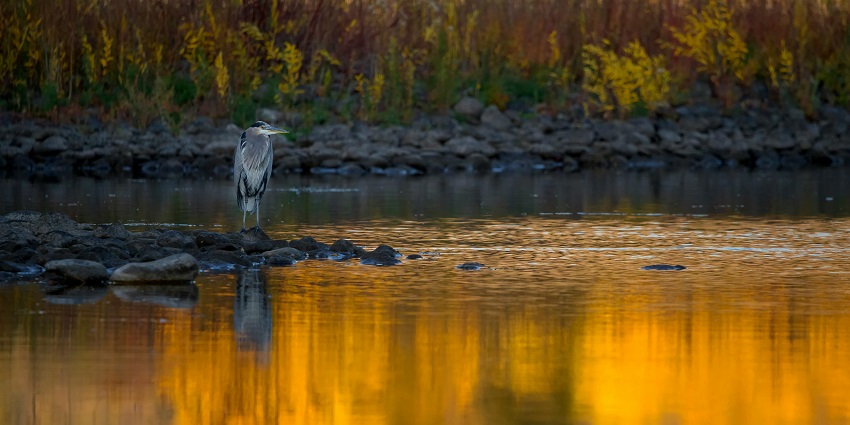
Photo: Frank Cone / Pexels / Image For Representation Only
To start, the first mention in the list has to be the Harike Wildlife Sanctuary, which is reportedly the largest wetland in north India. It is also one of the most vital bird sanctuaries in the state. Formed at the confluence of the Beas and Sutlej rivers, Harike is known for its rich biodiversity and is a haven for migratory birds during the winter season. It is a designated Ramsar site, further citing its ecological importance in the world. Inside the sanctuary, the main attraction is the 370+ species of birds, including the endangered species like the white-eyed pochard and the Indus river dolphin. You can also spot numerous fish species, turtles and amphibians.
Location: Maujgarh, Punjab 142044
Timings: 9 AM – 4 PM
Entry Fees: Free
Suggested Read: Places To Visit In Pathankot For An Idyllic Getaway In Punjab
2. Abohar Wildlife Sanctuary
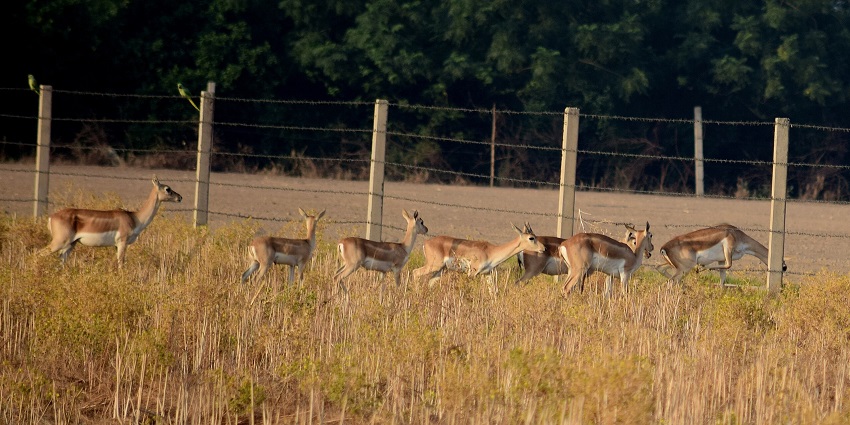
Photo: Arun Bansal / Wikimedia Commons
Abohar Wildlife Sanctuary is the most popular wildlife sanctuary in Punjab, reportedly spread across an area of 18,650 hectares. It is a unique and traditionally closed sanctuary where the well-being of the animals, birds and the diverse landscape is taken care of by the Bishnoi tribe. The sanctuary spans 13 Bishnoi villages and the local communities come together to preserve the area and its biodiversity. The main attraction in this sanctuary is the blackbuck deer. Abohar is also home to the nilgai (blue bull), porcupines, and wild boars, along with several species of birds and reptiles. The sanctuary’s main objective is to preserve the blackbuck population in the state.
Location: Abohar, Punjab 152116
Timings: 24 hours (special permit is required)
Entry Fees: Free
3. Jhajjar Bachauli Wildlife Sanctuary
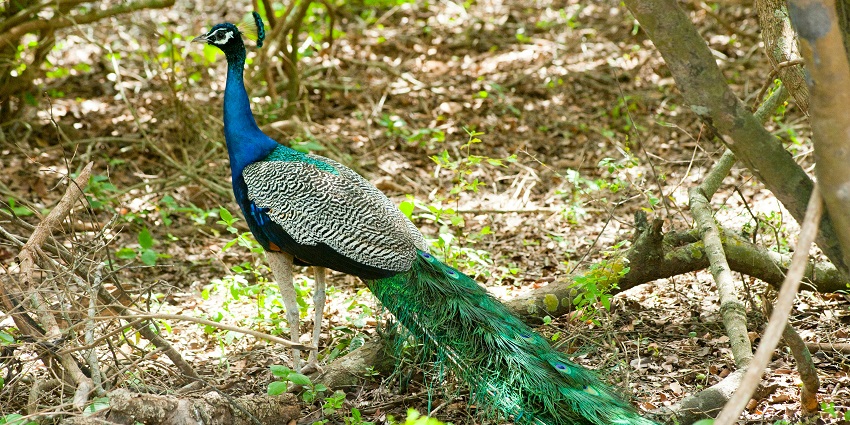
Photo: Oleksandr P / Pexels / Image For Representation Only
Located in Jhajjar, Jhajjar Bachauli Wildlife Sanctuary is another popular destination in Punjab to add to your travel plans. It is a fairly small yet significant wildlife sanctuary to visit, especially if you are a bird-watching enthusiast. The sanctuary is characterised by its diverse ecosystems, including wetlands, grasslands, and forests, making it a perfect habitat for various bird species, both resident and migratory. Some of the most popular bird species that you can spot in the sanctuary include Indian peafowl, partridge, quail, and several species of raptors. There is a small population of mammals and reptiles too.
Location: Bacholi, Jhajar, Punjab 140118
Timings: 6 AM – 10 PM
Entry Fees: ₹20 per adult and ₹10 per child
Suggested Read: Things To Do In Amritsar
4. Bir Moti Bagh Wildlife Sanctuary
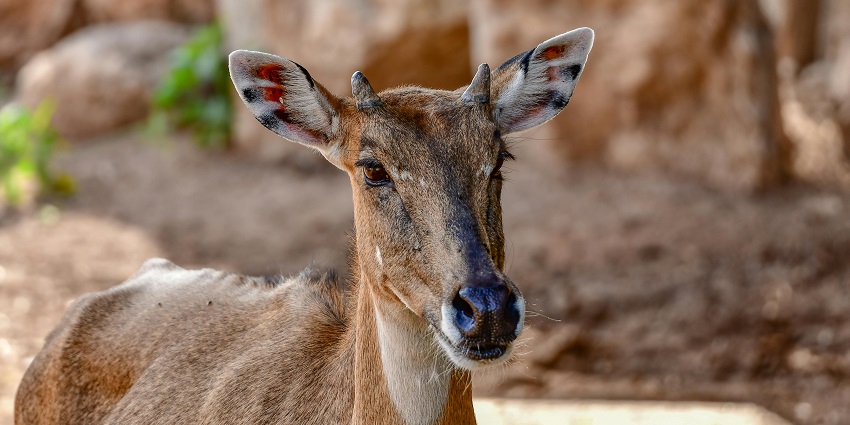
Photo: Emilio Sánchez / Pexels / Image For Representation Only
Bir Moti Bagh Wildlife Sanctuary is one of the closest wildlife sanctuaries from Patiala, located around 5 kms from the city centre. The sanctuary is covered with dense forests and is an ideal destination for those interested in nature trails and wildlife photography. Coming to the inhabitants of the sanctuary, there are numerous different wildlife and bird populations including wild boars, peafowl, partridges, and many migratory birds. Also, the sanctuary has an extensive population of nilgai and chinkara, which you can spot during the safari.
Location: Patiala Dakala Road, Patiala Ho, Patiala – 147001
Timings: 6 AM – 5 PM
Entry Fees: Free
5. Nangal Wildlife Sanctuary
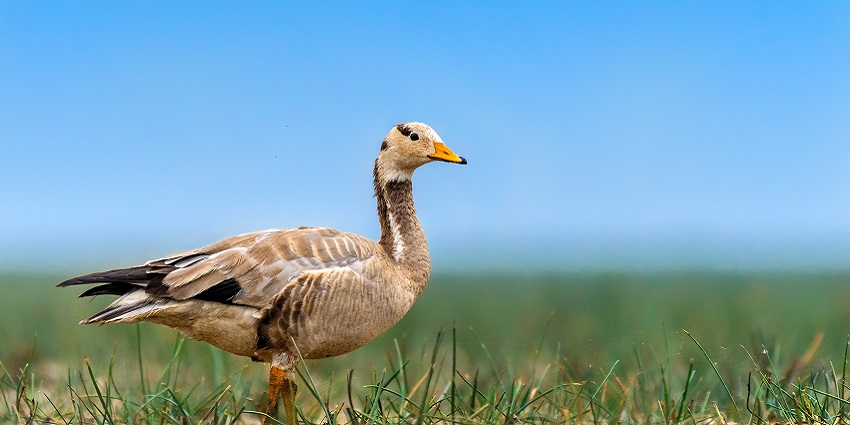
Photo: Mprasannak / Wikimedia Commons / Image For Representation Only
Located near the Nangal Dam on the Sutlej River and surrounded by the towering Shivalik Hills, Nangal Wildlife Sanctuary is a protected area. This sanctuary is a crucial migratory stopover for many bird species, particularly waterfowl. During the winter months, the sanctuary comes alive with the calls of numerous migratory birds, including bar-headed geese, ruddy shelducks, and northern pintails. Not just the birds, the wetland is also home to various fish species, making it a great opportunity for you to learn about them. The remote location of this sanctuary explains why it is such a popular destination to explore.
Location: Forest Complex Sector 68, SAS Nagar, Punjab
Timings: 24 hours
Entry Fees: Free
Suggested Read: Things To Do In Bathinda
6. Takhni-Rehmapur Wildlife Sanctuary

Photo: Tejas Mairal / Wikimedia Commons / Image For Representation Only
Takhni-Rehmapur Wildlife Sanctuary is one of the most popular and enriching wildlife sanctuary experiences you get to indulge in Punjab. The sanctuary is located near Hoshiarpur and is renowned for its dense forest cover and the surrounding biodiversity. Inside the sanctuary, the main attraction is the Indian leopard species, whom you can spot roaming around freely during the wildlife safari. Apart from leopards, Takhni-Rehmapur is home to several species of deer, wild boars, and a variety of birds. Also, if you are an adventurer, there are numerous trekking and hiking trails around the wildlife sanctuary, which adds to the charm of the visit further.
Location: Rahmanpur, Punjab 144209
Timings: 9 AM – 5 PM
Entry Fees: Free
7. Kathlaur Kushlian Wildlife Sanctuary
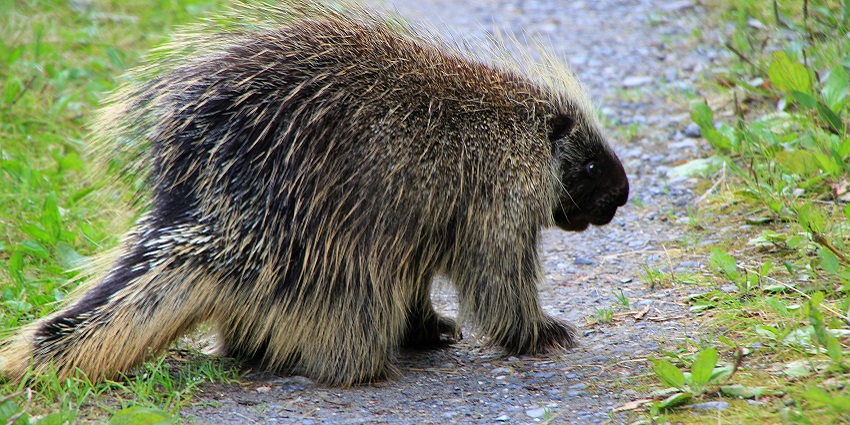
Photo: Horst Joachims / Pexels / Image For Representation Only
Among the less talked about wildlife sanctuaries in Punjab, Kathlaur Kushlian Wildlife Sanctuary deserves a mention at the top. It is located in the Pathankot Tehsil in the Gurdaspur District of Punjab. Stepping inside, you are greeted with the diverse landscape and a variety of wildlife including deer, pangolin, porcupine, sambhar, chital, hog deer and barking deer too. Its proximity to the border and riverine terrain makes it an essential refuge for migratory birds and other wildlife that pass through the area as well. Beyond being a hidden gem and wildlife safari being the main activity inside, you can also explore other experiences like guided nature walks, picnics, etc.
Location: Kohlian Wildlife Sanctuary, Kathlour, Punjab 143534
Timings: 8:30 AM – 8 PM
Entry Fees: Free
Suggested Read: Hill Stations Near Amritsar For A Perfect Getaway And A Blissful Staycation
8. Bir Bhadson Wildlife Sanctuary

Photo: Lip Kee / Wikimedia Commons / Image For Representation Only
Bir Bhadson Wildlife Sanctuary is located in the Patiala district in Punjab and is another popular wildlife sanctuary that you have to add to your itinerary. Spread across an area of 1,022 hectares, the sanctuary is home to numerous different wildlife animals, including jackal, jungle cat, peafowl, rhesus monkey, blue bull, hare, partridges, and spotted owl. You can explore the sanctuary’s scenic trails, which offer opportunities for birdwatching, wildlife photography, and trekking. Also, there are dedicated sections inside the sanctuary where you can enjoy a picnic too.
Location: Bir Bhadson, Punjab 147202
Timings: 24 hours
Entry Fees: Free
9. Bir Bhunerheri Wildlife Sanctuary
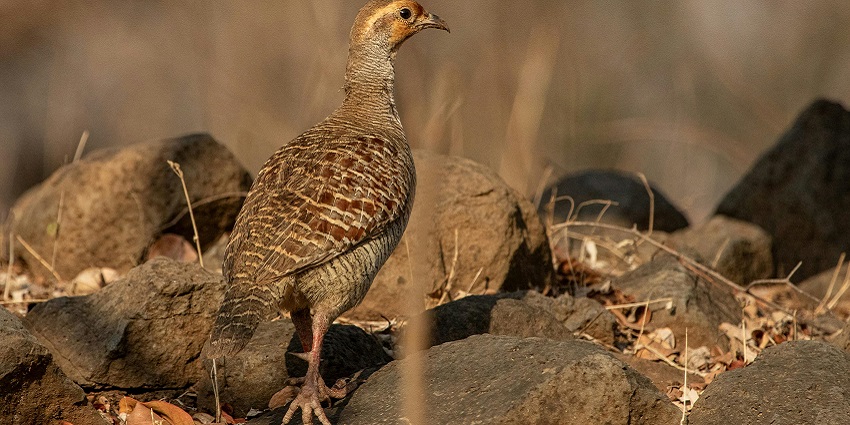
Photo: Uday Kiran / Pexels / Image For Representation Only
Bir Bhunerheri Wildlife Sanctuary is a less-talked-about but extremely significant wildlife sanctuary, located on the outskirts of Patiala, Punjab. The sanctuary covers an area of 661 hectares and is home to numerous animals and birds including blackbuck, sambar, blue bull, hog deer, porcupine, jackal, jungle cats, partridges, dove, and parakeets. The forested area initially was a hunting ground but due to the enriching and endangered biodiversity, it was declared a wildlife sanctuary in 1972. As for the flora population, you will find broad-leafed trees like shisham, kikar, and jamun.
Location: Patiala-Devigarh Road, Punjab
Timings: 24 hours
Entry Fees: Free
Suggested Read: Things To Do In Ludhiana For A Memorable Vacation
10. Ropar Wetlan
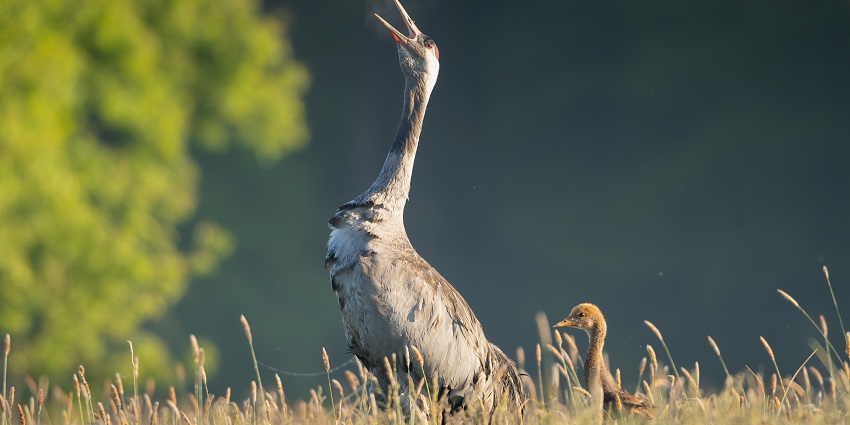
Photo: Piotr Poznan / Shutterstock / Image For Representation Only
Last but not least is Ropar Wetland, which is one of the most ecologically significant wetlands in the state. It is recognised for its ecological significance and plays a crucial role in supporting the migratory bird population in the region. The wetland is home to various species of birds, including ducks, cranes, and waders. Not just the bird population, the wetland also supports the life of numerous aquatic species including fish, turtles and amphibians. The tranquillity of the wetland also makes it a great destination for a quiet and peaceful getaway.
Location: Rupnagar district, near Ropar
Timings: Open 24 hours
Entry Fees: Free
The wildlife sanctuaries in Punjab offer a glimpse into the unique blend of flora and fauna that thrives across the state. The majority of these sanctuaries are home to endangered species and migratory birds, adding to the significance of their existence. If you want to reconnect with nature and have an immersive travel experience, plan your trip to Punjab with TripXL to witness nature at its finest in these sanctuaries.
Cover Photo: Vyom Khare / Pexels / Image For Representation Only


 WhatsApp
WhatsApp
 Twitter
Twitter









